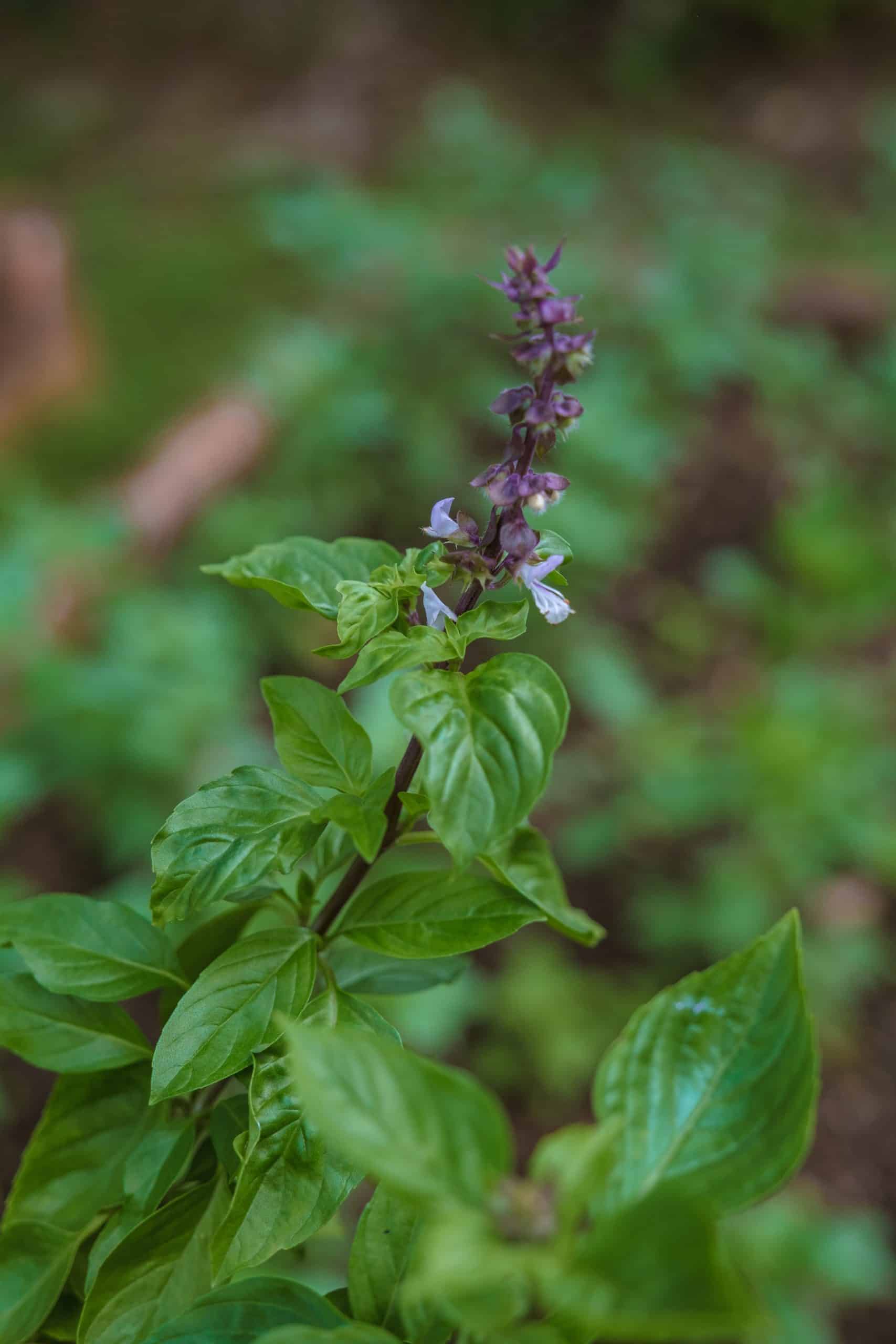As consumers become more conscious of the impact their purchases have on the environment, they’re increasingly demanding that brands act responsibly. This trend is particularly evident in the fashion industry where sustainable production methods and eco-friendly materials are becoming increasingly important. With your interest in the fashion industry, we thought it relevant to delve deep into the latest eco-friendly textile processing techniques being employed in the UK and their impact on the overall sustainability of the industry.
The Rising Tide of Sustainable Textile Production
The fashion industry has long been under scrutiny for its environmental impact. From water wastage to the overuse of non-renewable resources, the ecological footprint of our clothing is significant. More recently, however, there has been a shift towards sustainable production, particularly in the UK, a leading player in global fashion.
A lire également : What Are the Challenges and Solutions for E-waste Recycling in the UK?
Driven by consumer demand, many fashion brands are investing in eco-friendly textile processing techniques. These methods are centred around reducing waste, minimising water and energy usage, and using sustainable materials such as organic cotton, recycled textiles, and plant-based leathers.
For instance, companies are now adopting closed-loop production systems, which aim to eliminate waste by reusing all by-products. Other innovative solutions include the use of digital printing techniques which drastically reduce water usage compared to traditional dyeing processes.
Avez-vous vu cela : How to Use Technology for Effective Water Conservation in UK Farming?
The Shift to Sustainable Materials
A key aspect of sustainable textile processing is the use of eco-friendly materials. For instance, organic cotton is gaining popularity due to its lower environmental impact compared to regular cotton. Organic cotton is grown without the use of synthetic pesticides and fertilisers, which are harmful to the environment and can contaminate water sources.
In addition, many brands are turning to recycled textiles as a way to reduce waste. Consumers are increasingly aware of the textile waste problem and are demanding more recycled options. From recycled cotton to regenerated nylon, these materials not only minimise waste but also require less energy and water to produce.
Another promising alternative is plant-based leather, which is made from agricultural byproducts and is bio-degradable. Brands like MuSkin and Piñatex are leading the way with leathers made from mushroom and pineapple, respectively.
Water-Saving Techniques in Textile Processing
The fashion industry is the second-largest consumer of water globally. This is particularly concerning given the increasing water scarcity worldwide. However, the industry is becoming more proactive in addressing this issue through the adoption of water-saving techniques in textile processing.
These techniques include waterless dyeing technologies like AirDye and DryDye that utilise air instead of water to infuse fabrics with colour. Other brands are investing in water recycling systems that allow for the reuse of wastewater, further reducing their water footprint.
The Role of Consumers in Driving Sustainability
As end-users of fashion, consumers play a crucial role in driving sustainability within the industry. With growing awareness and concern about the environmental impact of their purchases, consumers are increasingly opting for brands that uphold the principles of sustainability.
This shift in consumption trends is driving brands to invest more in eco-friendly textile processing and sustainable materials. Indeed, the rise of ‘eco-conscious’ fashion is no passing trend but an industry-wide revolution that is transforming the way fashion is produced and consumed.
The Future of Eco-Friendly Textile Processing in the UK
While the strides made in eco-friendly textile processing in the UK are commendable, there’s still a long journey ahead. Ensuring sustainability throughout the supply chain – from the sourcing of raw materials to the end of a garment’s life cycle – is the industry’s next big challenge.
Innovative solutions are already in the works, such as fabrics that can be easily recycled or decomposed, and digital platforms that enhance traceability and transparency. With continued research and development, the UK fashion industry is well-positioned to lead the way in creating a circular, sustainable fashion ecosystem.
As you follow the transformations in the fashion industry, keep a keen eye on these innovative changes. They reflect not only a commitment to sustainability but also the creative potential of this dynamic industry.
The Role of the United Nations and International Cooperation in Promoting Sustainability
Undoubtedly, the power of change lies not only with consumers and fashion brands but also with international bodies like the United Nations. The UN’s Sustainable Development Goals (SDGs) have been instrumental in aligning the fashion industry’s efforts towards a more sustainable future.
The SDG 12, which encourages responsible consumption and production, is particularly relevant to the textile industry. To align with this goal, fashion brands are adopting sustainable practices such as employing eco-friendly processing techniques, using sustainable fabrics and reducing water and energy consumption. By incorporating these practices, the industry is taking significant steps towards reducing its environmental impact.
The UN’s role extends beyond setting sustainability goals. The UN Alliance for Sustainable Fashion, launched in 2019, aims to reduce the industry’s negative social, economic, and environmental impact. It encourages brands to address issues such as exploitation in the supply chain, overproduction and waste, and the use of harmful chemicals.
International cooperation is crucial in promoting sustainable development in the fashion industry. By sharing knowledge, resources, and technologies, countries can collectively drive the industry towards a more sustainable future. For instance, the UK, as a leading player in global fashion, is uniquely positioned to share its innovations and experiences in eco-friendly textile processing with other countries.
Conclusion: Towards a Circular Economy in the Fashion Industry
It’s clear that the UK’s fashion industry is making significant strides towards a more sustainable future. From water-saving textile processing techniques to the use of sustainable materials, brands are embracing numerous strategies to mitigate the environmental impact of their products. The move towards a circular economy, where waste is minimised and resources are used efficiently, is becoming a central theme within the industry.
Adoption of eco-friendly practices such as using organic cotton and recycled textiles, reducing water and energy usage, and implementing closed-loop production systems are contributing to the industry’s sustainability. The rise of plant-based leathers and the invention of fabrics that can be easily recycled or decomposed hint at an exciting future for sustainable fashion.
However, for the shift to be truly meaningful and enduring, it must be backed by consumers who choose sustainable clothing, governments who support sustainable practices through policy, and international bodies like the United Nations who foster sustainable development goals.
As we move forward, the challenge for the UK, and indeed the world, is to ensure that these innovations in eco-friendly textile processing and sustainable practices become the norm, rather than the exception. To truly reduce the fashion industry’s carbon footprint, sustainability must be ingrained in every step of the supply chain – from the field to the wardrobe.
In that regard, the fashion industry’s transformation is far from complete, but the journey so far gives us optimism for a future where fashion and environmental consciousness coexist harmoniously.





